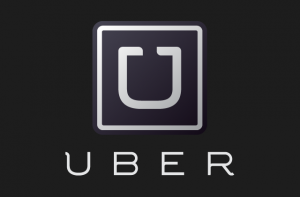Is the Attack on Uber’s Surge Pricing Justified?

Controversy just can’t seem to shake off Uber. The company came under unprecedented attack in India due to the alleged, horrific rape by one of its drivers in Delhi. Uber services have been suspended in the Indian capital. Uber has been banned in Spain and is fighting disputes in a number of countries.
Now, Uber’s surge pricing has come under intense attack in Australia. When people attempted to flee from the Sydney area where a gunman had taken hostages in a café, many people in the vicinity turned to Uber for a quick getaway, causing the demand for Uber cars to increase. This led to the surge pricing of Uber to automatically come into effect.
Uber’s pricing is similar to that of metered taxis although the payment is made to the company – and not the driver – via a credit card. When the demand for Uber cars rise, the company’s automated algorithm increases the prices to ‘surge’ prices. This is how Uber describes its surge pricing:
“With surge pricing, Uber rates increase to get more cars on the road and ensure reliability during the busiest times. When enough cars are on the road, prices go back down to normal levels. It’s important to know that you’ll always be notified in big, bold print if surge pricing is in effect. When rates are more than double, the surge confirmation screen also requires you to type in the specific surge multiplier to ensure you understand what rates to expect.”
In Sydney, the surge rates went up four times the normal fare leading to widespread criticism – how could Uber increase prices at the time of a crisis?
You could be for or against surge pricing, especially in the midst of a crisis. I, for one, do not think that the criticism is justified.
Here are two articles that defend Uber’s surge pricing during the Sydney crisis; one is from HBR, the other from The Daily Beast.
You can read the article here and here.
Visual courtesy : plus.google.com
